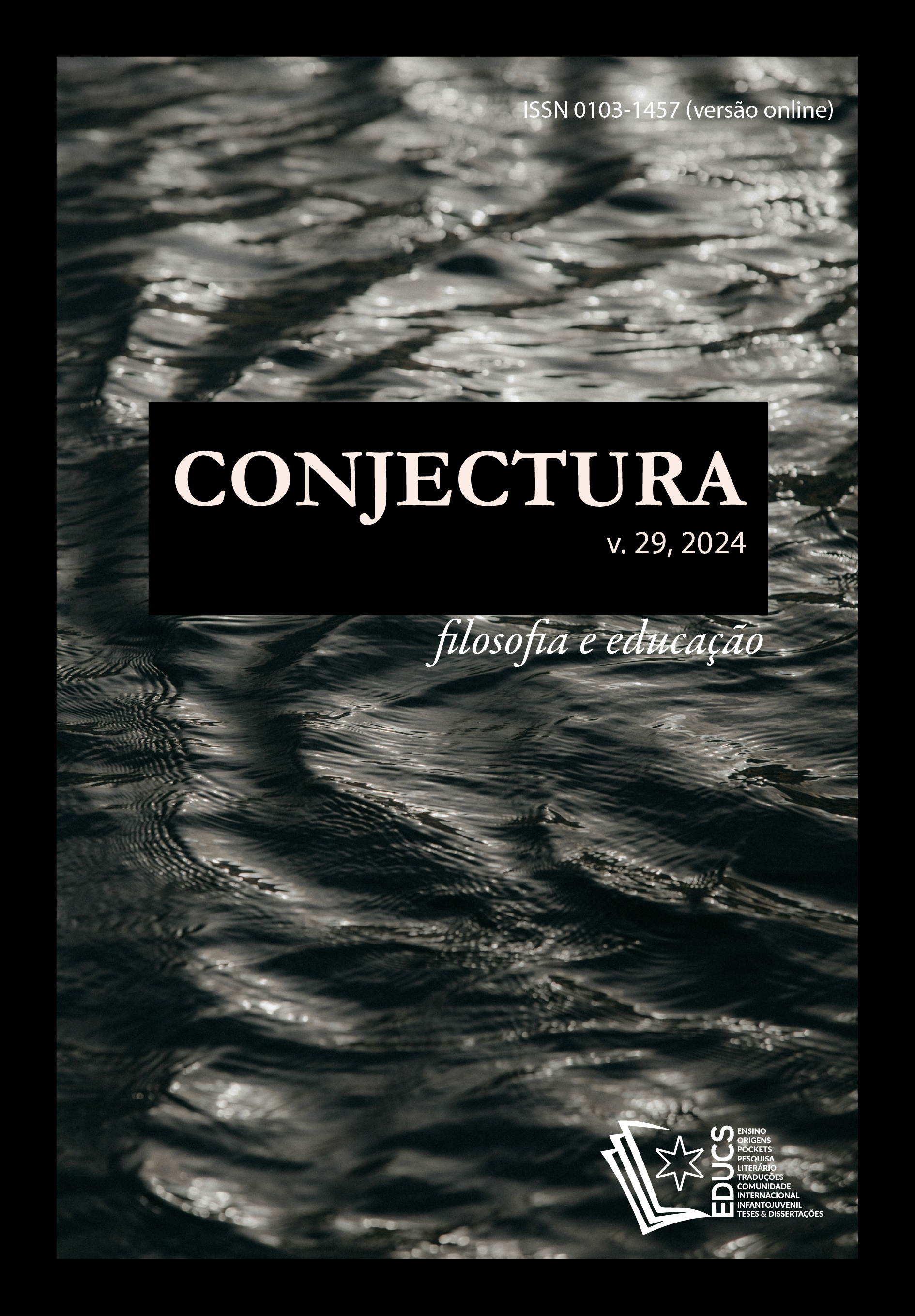Notas sobre bebês e seus encontros com a poesia
DOI:
https://doi.org/10.18226/21784612.v29.e024018Keywords:
Babies, Children’s Literature, Poetry, Sensory readingAbstract
Understanding the specificities that tint the child’s relationship with the world makes it possible to be welcomed from a very
early age into manifestations of literary language. This language adjusts itself to the intended interlocutor, an aspect that becomes evident when talking about children’s literature which, since its inception, is defined by its receiver. This article focuses on the demands of babies regarding literary language and the possibilities of cultural production addressed to meet such demands, considering significant changes that occur in the first years of human life. Thus, we ask: how are the baby’s contacts with
language and, notably, with poetry inaugurated? This text aims to discuss the encounter of babies with languages, more particularly, with literary language of a poetic nature. This is a qualitative and bibliographic study that establishes an interlocution with theoretical support from Bordini (1986), Parreiras (2012), Debus (2006) and takes as possible literary material of interlocution songs of popular origin and authorial poems “A chuva está chorando” and “Canção para ninar dromedário”, by Sérgio Capparelli (1999). We highlight, thus, the power of poetry that inhabits lullabies, earrings, quatrains, as well as the literary and poetic language
present in the exploration of poems conveyed in children’s literary books. We assume that babies are readers, from the sensory reading and experimentation of the book object, since they are subjects of languages and rights, willing to explore the world that surrounds them.
References
RAMOS, Flávia Brocchetto; MARANGONI, Marli Cristina Tasca; GONÇALVES, Fernanda. Notas sobre bebês e seus encontros com a poesia. Conjectura: Filos. Educ., Caxias do Sul, RS, v. 29, e024018, 2024. DOI:10.18226/21784612.v29.e024018.
Downloads
Published
How to Cite
Issue
Section
License
1. The publication of the originals will imply the assignment of copyright to Conjectura Journal.
2. Texts cannot be reproduced without authorization from the Journal after acceptance.









